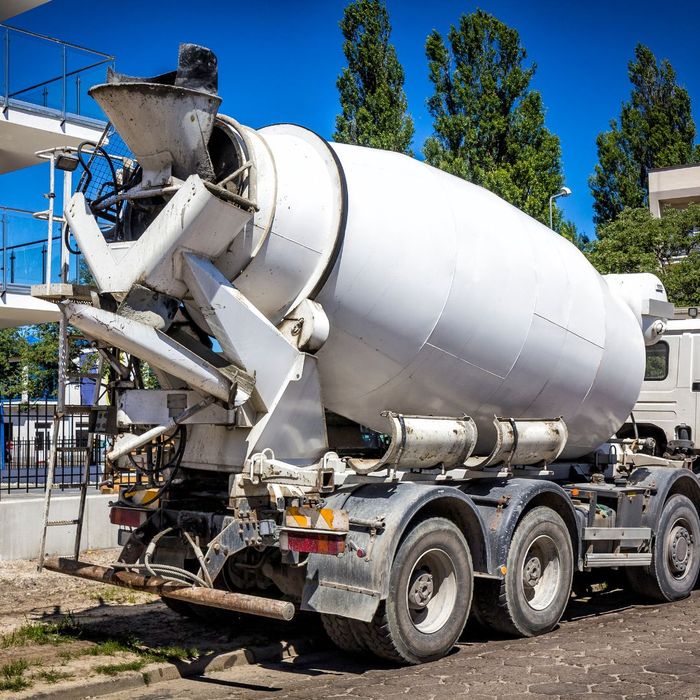When doing your own construction projects, it is essential to get the concrete foundation just right so that you can ensure your structure is safe and stable. This means taking measures to prevent cracks from forming as the concrete hardens and dries. In our 20 years of providing concrete repair services to Chestertown, MD, and the surrounding area, our team at Stabil Solutions has learned a thing or two about how to prevent cracks from forming in concrete. Read all about it below, then contact us with any questions!
4 Ways To Prevent Concrete Cracks
4 Ways To Prevent Concrete Cracks
Proper Curing
Curing is the process of allowing concrete to dry and gain strength. During curing, the concrete should be kept moist to prevent it from drying out too quickly, which can cause shrinkage and cracking. Additionally, the concrete should be protected from extreme temperatures and humidity. It is also important to allow sufficient time for the concrete to cure before subjecting it to heavy loads or traffic.
Cracks in concrete can compromise the safety and stability of a structure, so it is important to take the necessary steps to prevent them. By using reinforcement bars, properly mixing the concrete, controlling the temperature and humidity, and properly curing the concrete, you can help ensure that the foundation of your structure is crack-free and secure. If you have questions about concrete or want to hire a professional, be sure to contact our team at Stabil Solutions!







